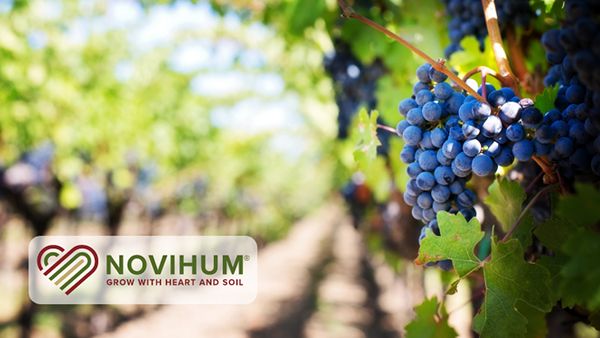Michigan Vintners Prepare For Short Crop
Severe cold events from January through March resulted in damage to grapevines that reduced fruitfulness for many of the more cold-tender varieties used for wine production in Michigan. The state’s winegrape growers are looking to a continuation of warm and dry weather to help ripen a smaller-than-average crop.
“We anticipate approximately 50% reduction in the size of the state winegrape crop compared to the record 7,600 tons reported in 2013,” said Gordon Wenk, chairman of the Michigan Grape and Wine Industry Council.
The impact varies widely around the state. Temperatures hovered below minus 5°F for three days in early January in the Southwest counties of Berrien and Van Buren, while Leelanau and Grand Traverse counties near Traverse City escaped damaging temperatures until late February. At that time, Lake Michigan was 90% frozen, eliminating the lake-effect benefit that Michigan growers typically enjoy.
The extended, extreme cold during the winter of 2013-2014, referred to as the “Polar Vortex,” was the coldest in Michigan since 1993-1994. More than 40 varieties of grapes are used for wine production in Michigan. Some varieties, like Merlot, Chardonnay, Pinot Noir, and Cabernet Franc are more susceptible to damage from prolonged cold temperatures. Growers are preparing applications for USDA federal disaster assistance programs that will help mitigate some of their financial losses.
The cool, wet summer of 2014 delayed ripening of the smaller-than-average crop. Growing degree-day data indicate that heat accumulation is behind the five-year average by approximately 15% in winegrape growing regions, as of Sept. 29, making 2014 the coolest growing season in Michigan since 2009. Pest pressures also increased due to the weather.
“This season was one of the coolest and wettest in the recent past, and this made management of diseases and insect pests very challenging for some growers,” said Keith Mason of Michigan State University Extension.
In 2015, consumers may face a reduced selection of styles and labels from Michigan’s 2014 vintage due to the damage to cold-tender varieties. However, wine inventories are in good shape at most wineries as a result of highly productive vintages in 2012 and 2013.
“Many wineries restrict their sources of grapes to within the Great Lakes state as there is strong dedication to Michigan and its sub-appellations throughout the industry,” Wenk said.
Federal and state wine laws permit wineries to source fruit from outside the state, as long as the wine is labeled correctly.
Michigan ranks in the top 10 states in wine grape production in the U.S.
Source: Michigan Grape and Wine Industry Council news release










